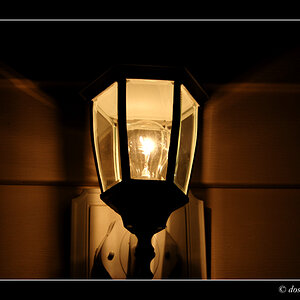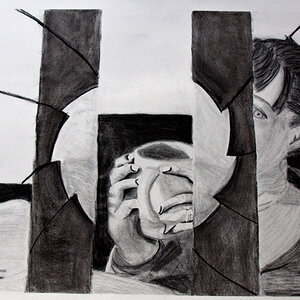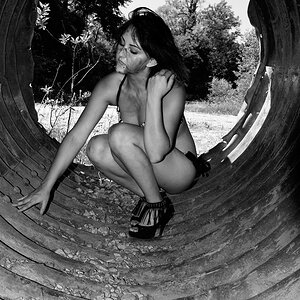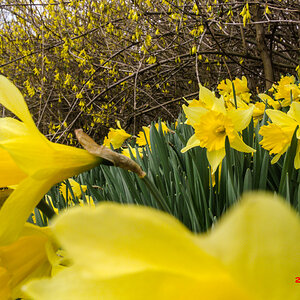HoboSyke
No longer a newbie, moving up!
- Joined
- Jun 8, 2005
- Messages
- 1,051
- Reaction score
- 7
- Location
- Sydney - Australia
- Website
- www.flickr.com
- Can others edit my Photos
- Photos OK to edit
Hi all, just wondering what is the difference in these polarizer filters?
Hoya Standard Circular Polarising Filter - 77mm which is AU$88 and the Hoya Pro1D Circular Polarising Filter - 77mm which is AU$239 ????
Thanks..
Hoya Standard Circular Polarising Filter - 77mm which is AU$88 and the Hoya Pro1D Circular Polarising Filter - 77mm which is AU$239 ????
Thanks..


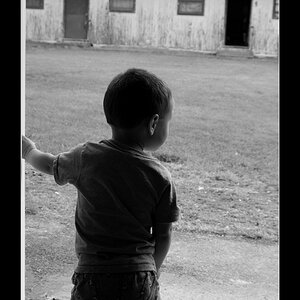
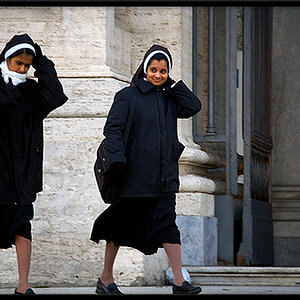
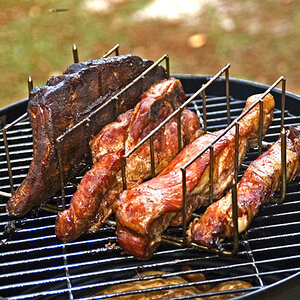
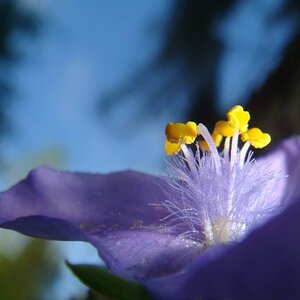
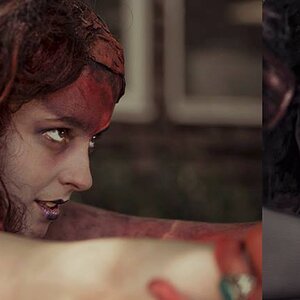
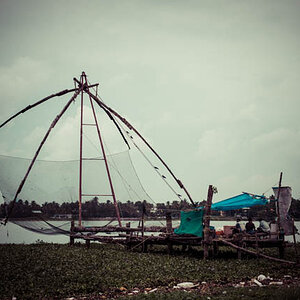
![[No title]](/data/xfmg/thumbnail/42/42452-e36799eaff36dca02ffc57ce660e5e20.jpg?1619740190)
